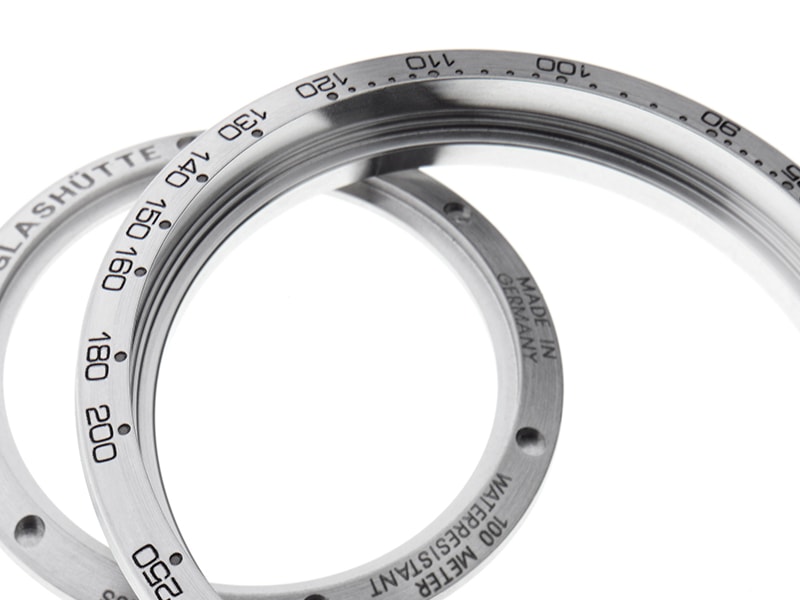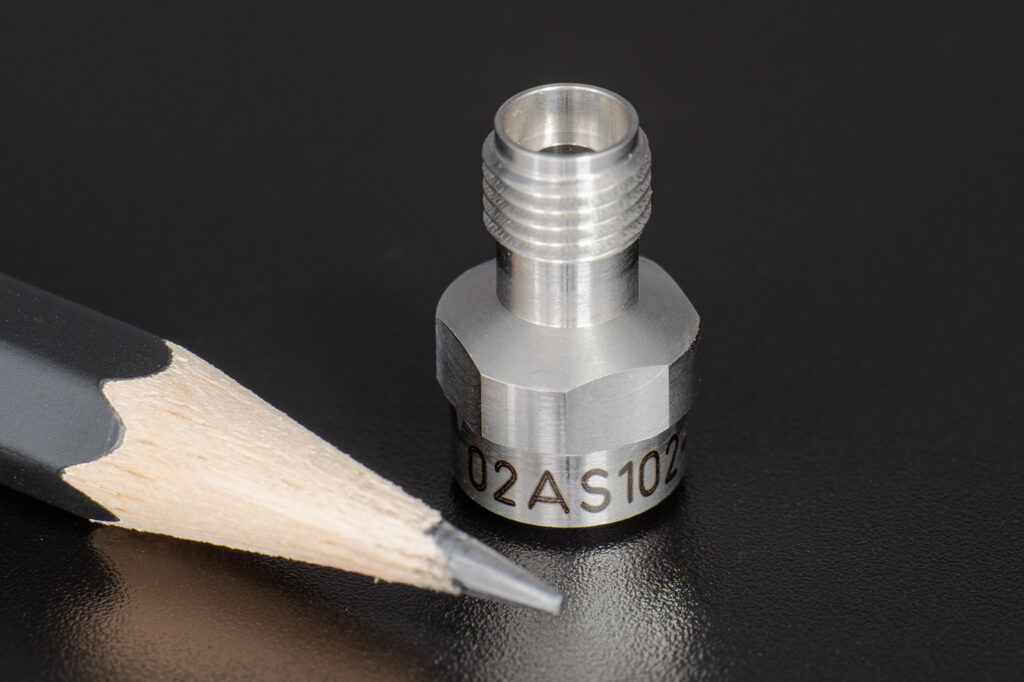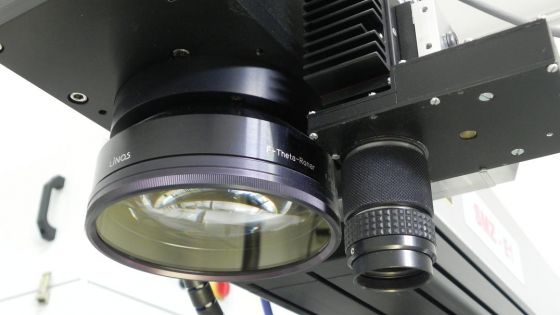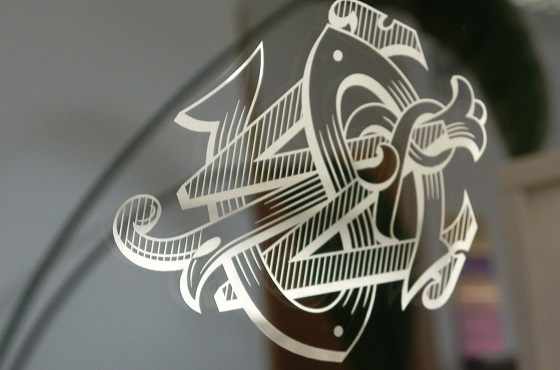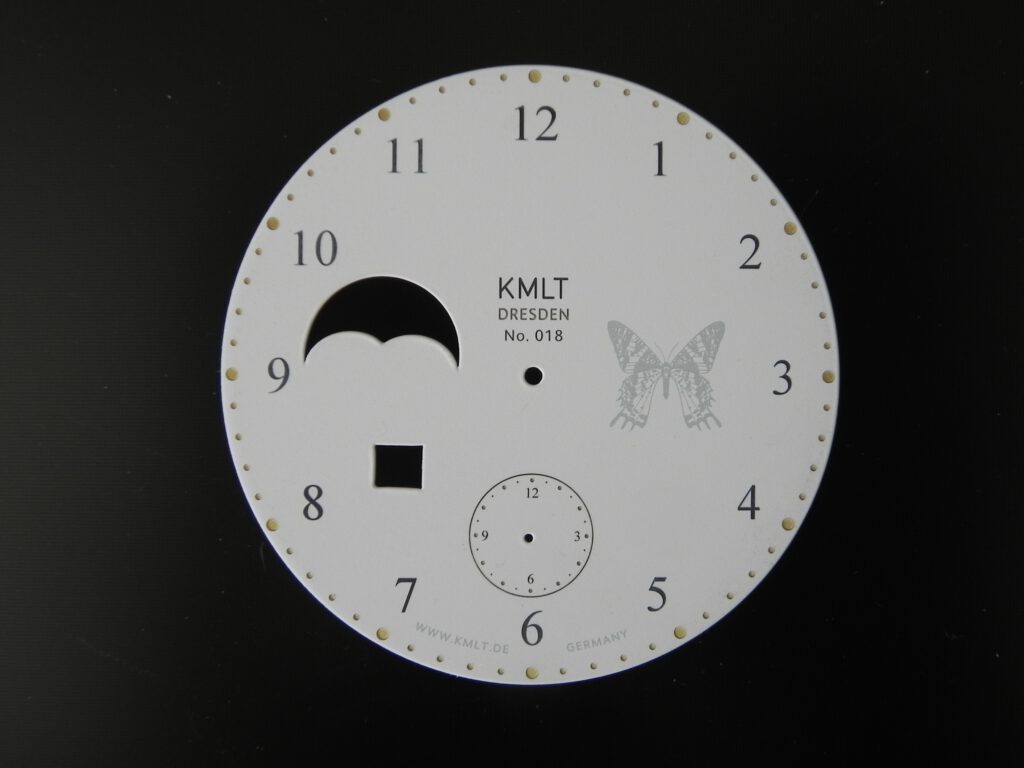Precise, durable and versatile
Laser marking or engraving is the ideal tool for processing almost all materials. Laser marking is an essential part of our range of services and is carried out without mechanical stress. Logos, characters, images, consecutive serial numbers, scales, barcodes, QR and data matrix codes are precisely placed on your product. The result is durable and lasts a lifetime.
Versatility and flexibility
The laser systems at KMLT® are developed for industrial applications and have a high level of precision. A wide variety of materials (metals, light and dark plastics, ABS, PA, PE, PP, POM … and also PMMA, organic materials such as leather or wood, glass, ceramics…) are marked in the highest quality and with high contrast.
Innovative solutions
The range of our machines includes CO2 lasers, Nd:YAG lasers, fiber and diode lasers in various wavelengths: UV lasers (THG), green lasers (SHG), infrared lasers… and different power classes. A high-precision USP laser will follow soon. This enables us to offer innovative solutions for complex requirements.
Precision and detailed accuracy
Using the finest laser spot diameters from around 15 µm, we process highly demanding orders. We are proud to work with some of the most prestigious and exclusive brands in the luxury goods industry. Our expertise and commitment to the highest quality have made us a preferred partner for leading manufacturers of high-end writing instruments and luxury watches.
Machining of cylindrical and large-format parts
For laser marking of cylindrical parts, our laser systems are equipped with swiveling, motorized rotary axes, ideal for applications with round scales or conical parts. Our modern machinery enables us to process larger front plates without any set-offs as well as the precise production of longitudinal scales and scale disks. We can machine components up to a size of 780 x 350 x 370 (depending on layout up to approx. 860 x 460 x 370) in mm (x/y/z) and a maximum weight of 30 kg.
